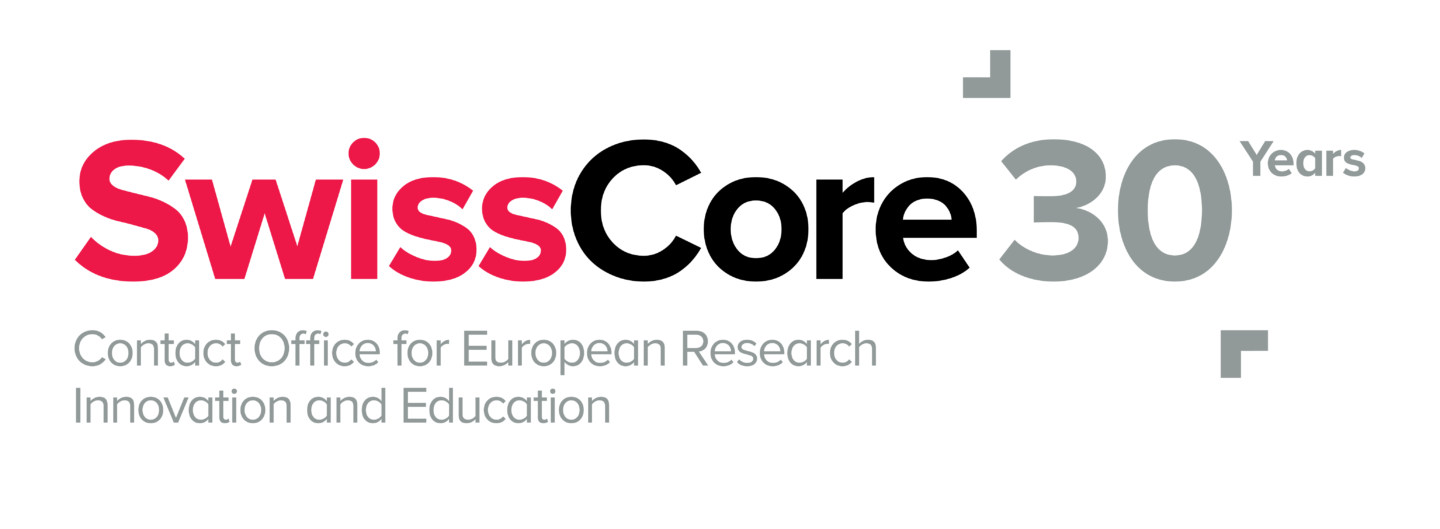The report focuses on funding EU missions and fostering synergies among instruments, identifying funding needs, challenges, and providing recommendations.
The Commission’s Thematic Report resulting from the Mutual Learning Exercise (MLE) on EU Missions covers the subjects of fostering synergies and EU Mission funding by leveraging both financial and policy instruments to support mission portfolios of actions, an approach developed in the previous thematic report (see Swisscore article).
The report presents the funding requirements essential for driving EU missions towards success. These requirements consist of mission-oriented funding schemes that facilitate collaborative partnerships, the mobilisation of stakeholders, and the mitigation of risks associated with deploying innovative solutions. The report notably introduces the concept of ‘fundability’, defined as the degree to which public and private stakeholders are mobilised into committing resources towards mission attainment. In an ideal scenario, the alignment of funding instruments with mission objectives ensures coherence, focus, and strategic direction in funding strategies, creating an environment for a more successful and impactful mission implementation.
This report, similar to previous thematic reports on EU missions, emphasises the importance of exploring synergies between different funding programs, aligning national resources with EU missions, and engaging stakeholders across sectors. Leveraging public procurement for innovation, private-public partnerships, and industry involvement through European Partnerships, as it has been the case in Horizon Europe, can serve to enhance stakeholder engagement, tackle transversal societal challenges and reach the goals set in European Green Deal and Europe’s Digital Decade.
Notably, the report draws upon the UK’s Sector Deals, part of the UK Industrial Strategy, as examples of successful partnering between the government and industry for targeted investment in specific sectors. These partnerships, aligning industry proposals aimed at increasing productivity with national priorities, ensuring key industry investment and long-term involvement, have shown promise in the UK. The report advocates for adopting a similar sectoral approach in the new Co-Programmed European Partnerships to contribute to the EU missions.
The report also identifies significant challenges including divergent priorities and country-specific contexts among EU Member States which require nuanced approaches to align national and EU objectives effectively. Budgetary constraints further complicate funding allocation, necessitating strategic solutions to address economic limitations and enhance collaboration towards EU missions. To address the challenges identified, the report provides several recommendations such as the introduction of strategic coordination platforms, early and continuous stakeholder engagement, and a concerted effort to foster synergies across funding streams by aligning funding instruments to mission objectives and creating flexible funding arrangements to this end. Key recommendations for effective mission implementation include securing substantial co-investment to strengthen mission funding by improving and enlarging incentive structures for the private sector as well as diversifying funding approaches, expanding the instrument mix, and fostering stronger collaboration. By implementing these recommendations, stakeholders can create an R&I ecosystem that nurtures mission-oriented initiatives and accelerates progress towards achieving mission goals.
All in all, the report states that strategic coordination, collaboration, the integration of monitoring and evaluation systems and capacity-building are perceived as crucial for advancing EU missions towards their objectives. Aligning funding instruments with mission goals, fostering synergies across diverse funding sources, and addressing challenges through strategic partnerships could maximise the impact and effectiveness of EU missions.

